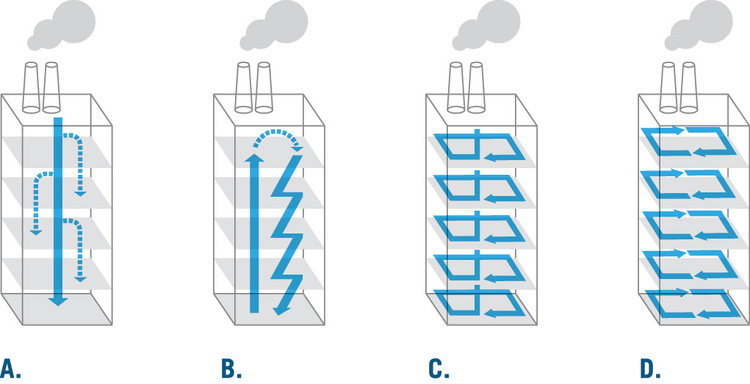
How can we encourage manufacturing to take root in our city and thrive? Historically, factories provided stable jobs and built the urban economy. With the advent of containerization and the digital supply chain, factories left for cheaper land and labor in free trade zones with few human rights. Furthermore, New York pushed out manufacturing by shrinking or eliminating its industrial zones.
Where can a manufacturer go if they want to build here? Is the city flexible enough to provide spaces to manufacturers hoping to reshore? City government must recognize industry’s potential to create high-paying jobs with skilled labor and the pride of “working in place.”
The City should aim to create vertical urban factories. I propose the City convert M1-1 zones into multi-storied M1-4 zones to increase the value of manufacturing sites and spur taller development in both new and existing buildings. Second, sustainable industrial design concepts could be promoted along with EDC’s existing loan programs for manufacturers to improve their spaces. Third, industrial uses should be integrated into mixed-use neighborhoods. New smaller-scale, clean, green, and robotic manufacturing enables us to live with side-by-side spaces for making. Finally, manufacturing needs to be made visible. This might be a physical change, like encouraging larger windows in the Garment District, or a marketing approach, like expanding the Made in NYC program.
The factory, once inspiring in its architectural innovation, must be considered equally significant today. Reinventing the factory has the potential to engage the public in the cycles of making, consuming, and recycling needed to create a self-sufficient city.
Nina Rappaport is an architectural critic, educator and curator of the traveling exhibition and forthcoming book, Vertical Urban Factory. Rappaport serves as Publications Director at the Yale School of Architecture and editor of the biannual publication Constructs.
Image: Nina Rappaport
Featured Image concept: Nina Rappaport and Natalie Jeremijenko. Illustration: Francis Waltersdorfer
